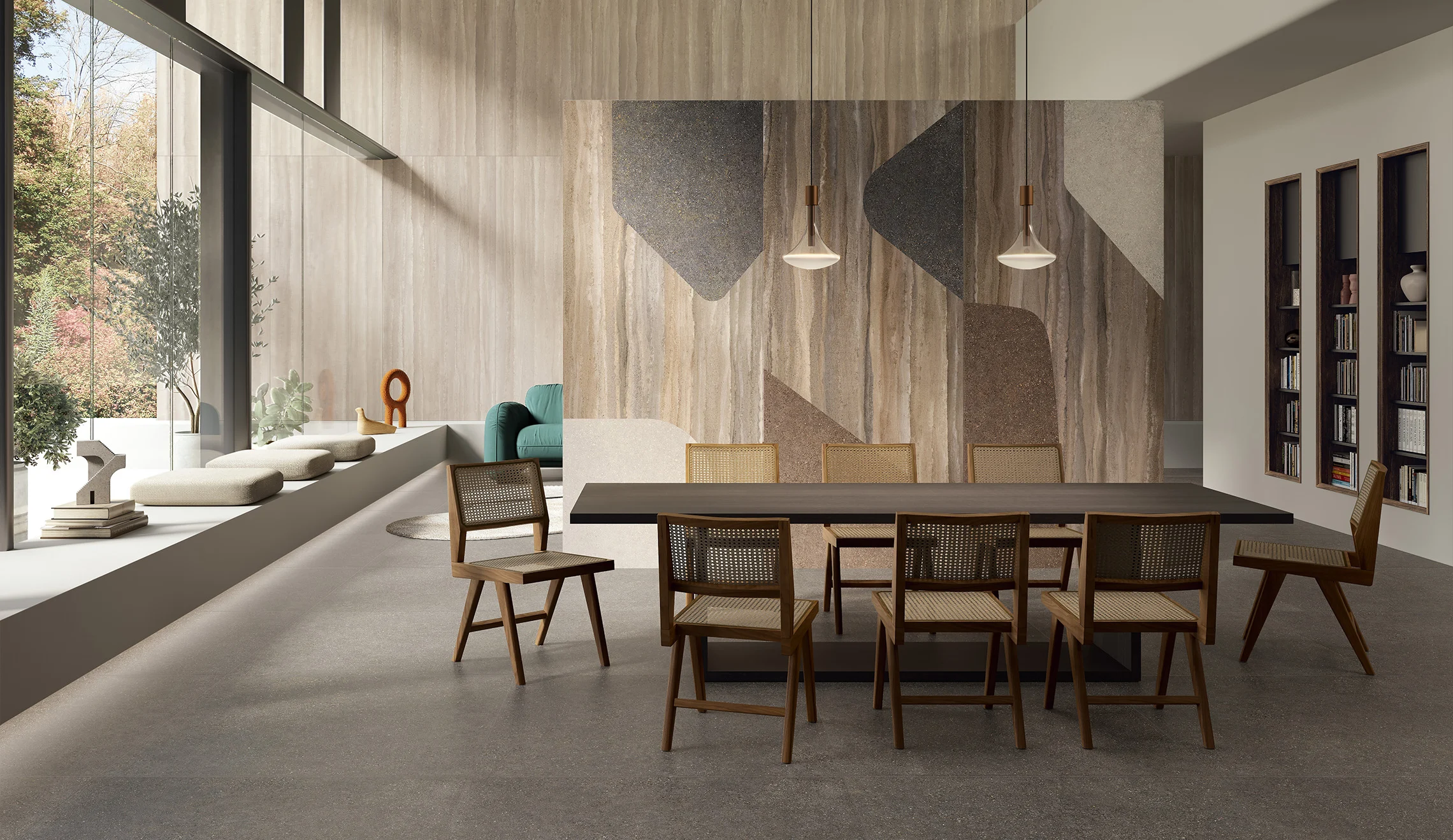
Compatta Porcelain Slabs Inspired by Ancestral Structures
Cedit Ceramiche D’Italia by Florim offers a new interpretation of nature with Federico Peri’s Compatta ceramic slabs.

Compatta, translated as “compact,” refers to Peri’s inspiration for the collection: the ancient rammed earth construction technique first seen in Northern Jordan around the 8th. millennium and used in Yemen as recently as the mid 19th. century.
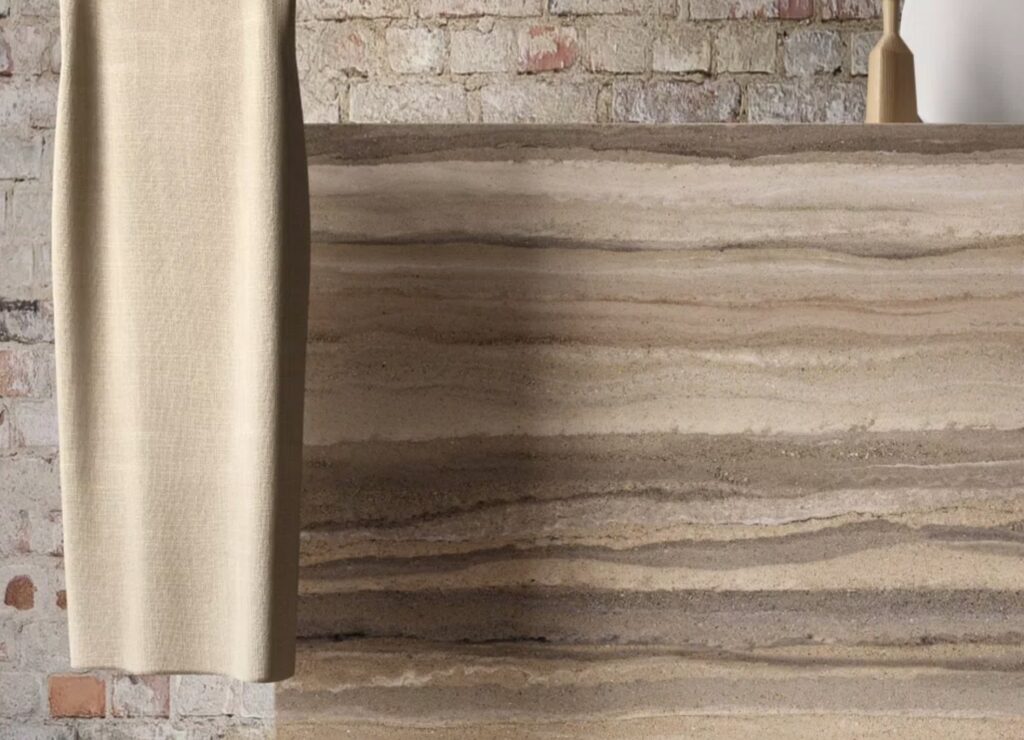
Peri’s mesmerizing porcelain stoneware slabs capture the essence of the technique, which is, essentially, continuous compaction of earthen layers into the forms of load bearing walls and partitions.
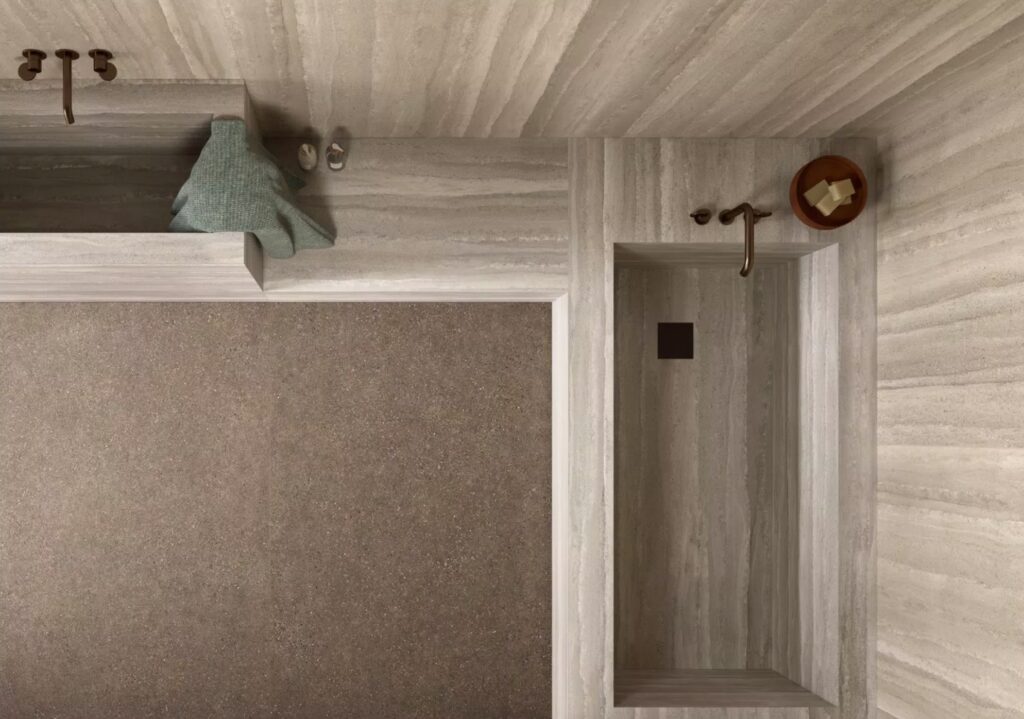
The aesthetic is part and parcel of working with purely natural materials. Peri’s creations reproduce the intricate layering and subtle coloration of sedimentary earth, “derived from close observation of the many strata within the ground and the mixtures of elementary particles of which it consists.”
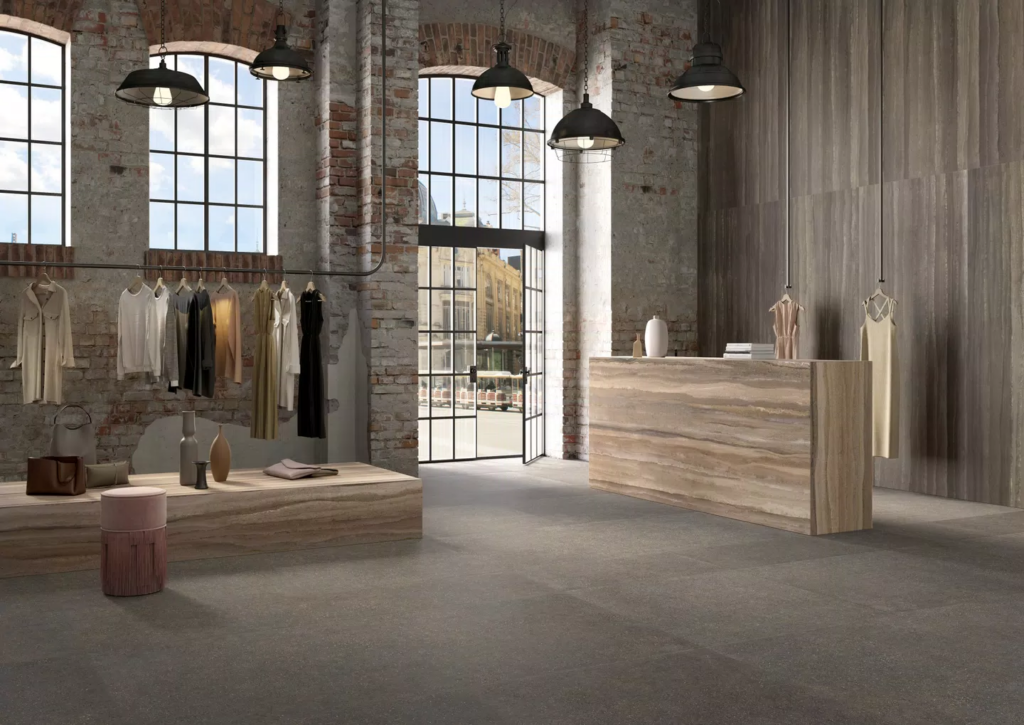
Not that these Cedit slabs are without embellishment or alteration. The collection also includes specialized inserts—mesh-backed mosaics that can be joined to the slabs to create three-dimensional forms.
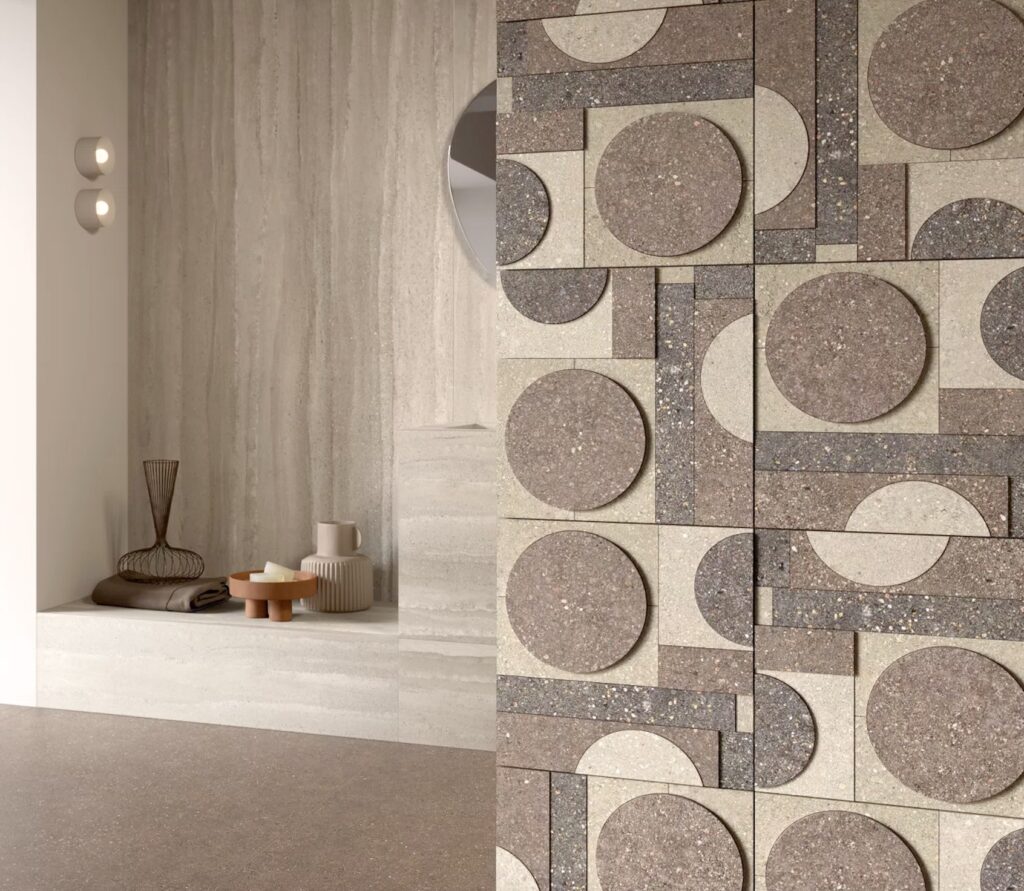
The range of aesthetic options is vast, with 10 basic colorways, four sizes, two thicknesses, and various inserts and add-ons.
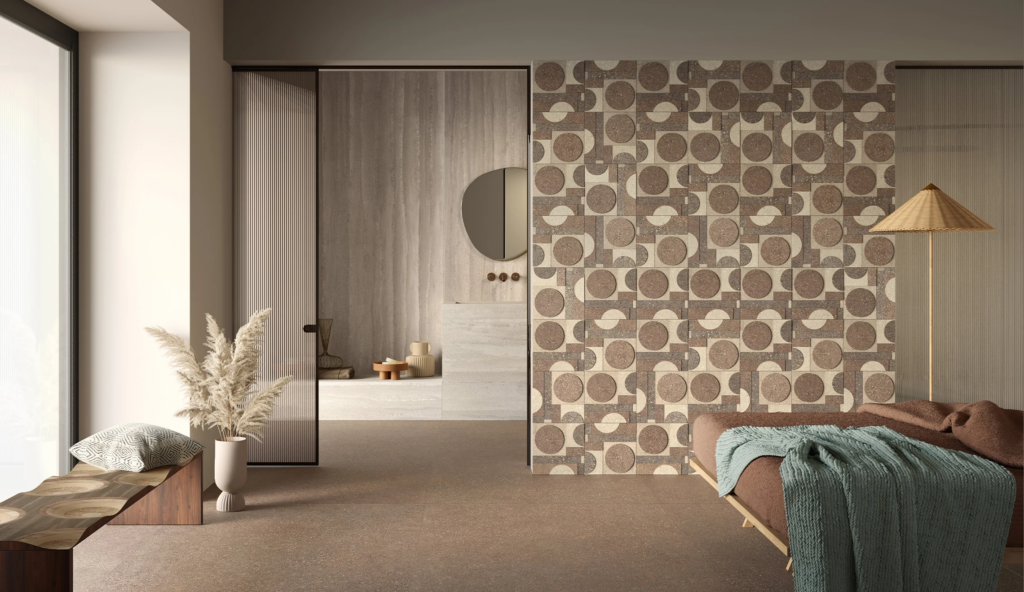
Read more at Florim.

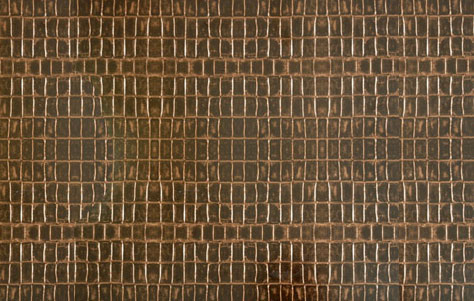
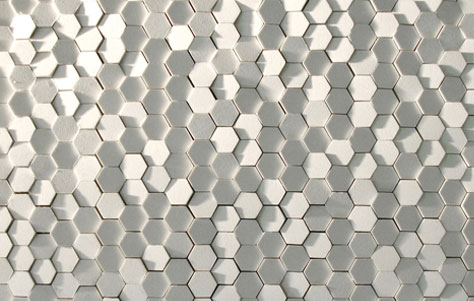

Leave a Reply